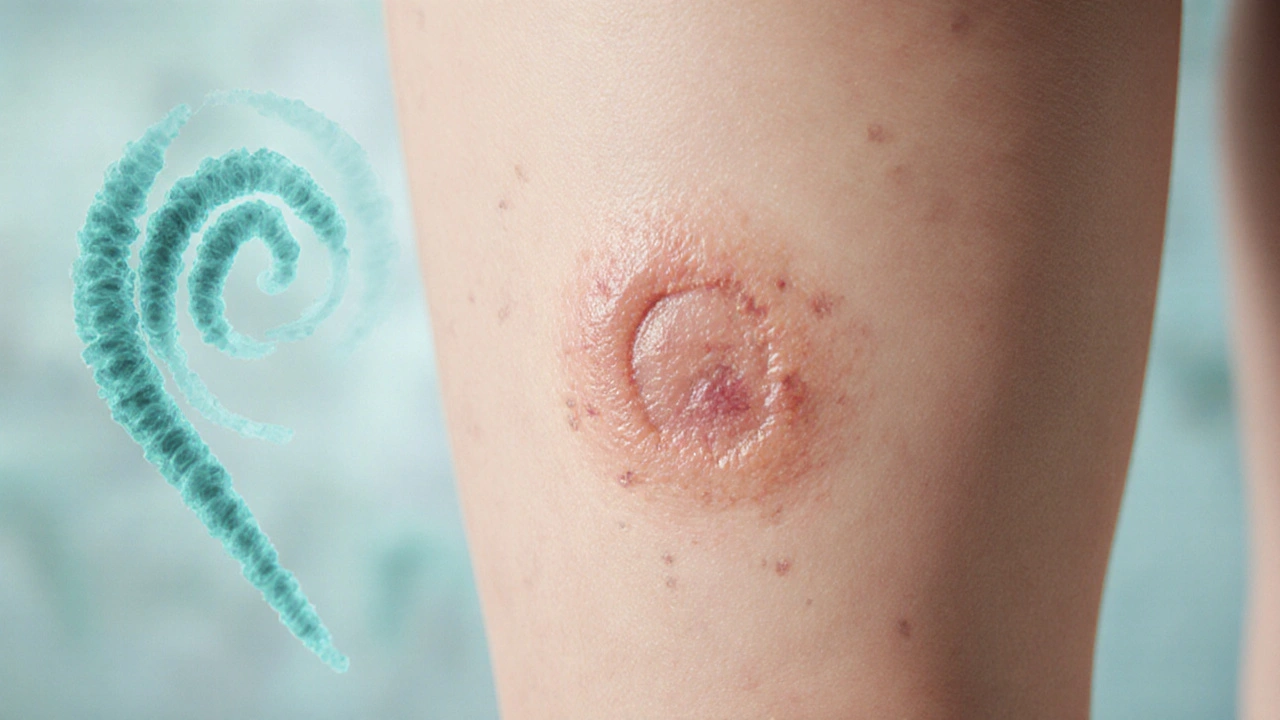Syphilis Treatment: What Works, What to Avoid, and How to Stay Safe
When it comes to syphilis treatment, a bacterial infection caused by Treponema pallidum that progresses in stages if left untreated. Also known as the great imitator, because its symptoms can look like many other diseases, syphilis is treatable—but only if caught early. Many people assume syphilis is rare or only affects certain groups, but that’s not true. The CDC reports rising cases across the U.S. and Europe, especially among young adults and men who have sex with men. The good news? It’s one of the easiest STIs to cure—if you act fast.
The gold standard for penicillin for syphilis, the antibiotic that has been the first-line treatment for over 70 years is still benzathine penicillin G, given as an injection. For early-stage syphilis, one shot is often enough. If it’s been months or years since infection, you might need weekly shots for three weeks. For people allergic to penicillin, alternatives like doxycycline or azithromycin are used, but they’re not always as reliable. That’s why testing matters. You can’t guess if you have syphilis—symptoms come and go, and the rash might look like a sunburn or a bug bite. A simple blood test confirms it.
What you shouldn’t do is ignore it. Syphilis doesn’t just vanish on its own. If untreated, it moves into the latent stage, then possibly the tertiary stage, where it can damage your heart, brain, nerves, and eyes. That’s not theoretical—people have gone blind, had strokes, or developed dementia from late-stage syphilis. And here’s something few talk about: if you’re pregnant and have syphilis, you can pass it to your baby. That can lead to stillbirth or severe birth defects. That’s why doctors test for it during prenatal care.
There’s also a big gap in awareness around syphilis stages, the four phases of infection: primary, secondary, latent, and tertiary. The first sign is a painless sore—often mistaken for a pimple or ingrown hair. Then comes a full-body rash, fever, swollen lymph nodes. After that, you might feel fine for years, but the bacteria are still there, quietly spreading. That’s why follow-up blood tests are part of treatment. You need to make sure the antibiotics worked. Some people stop testing after the first shot, thinking they’re cured. They’re not. The infection can come back.
And don’t rely on home remedies, herbal supplements, or online advice. There’s no evidence that turmeric, garlic, or essential oils cure syphilis. Only antibiotics do. Skip the blogs that promise natural cures. They’re dangerous. If you’ve had unprotected sex, if you’ve had a new partner, if you’ve noticed any unusual sores or rashes—get tested. It takes five minutes. The results are fast. And if it’s positive, treatment is simple, cheap, and effective.
What you’ll find below is a collection of real, practical guides from Health World Comprehensive Pharmacy. You’ll see how syphilis treatment fits into broader health conversations—from antibiotic safety to STI testing protocols, from managing side effects to understanding how infections spread. No fluff. No jargon. Just what you need to know to protect yourself and others.
- Archer Pennington
- 17
Syphilis Stages Explained: From Primary to Tertiary
Learn the four stages of syphilis, their symptoms, diagnosis methods, and treatment options. Get clear guidance on prevention, early detection, and when to seek medical care.
Read more
